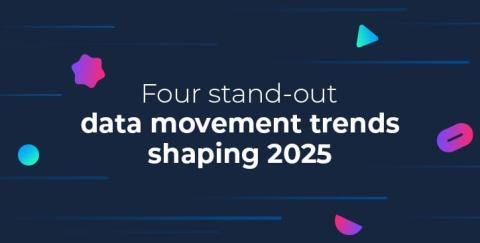Tools for collecting and monitoring key Snowflake metrics
In Part 1 of this series, we looked at how Snowflake enables users to easily store, process, analyze, and share high volumes of structured and semi-structured data, as well as key metrics for monitoring compute costs, storage, and datasets. In this post, we’ll walk through how to collect and analyze these metrics using Snowsight, Snowflake’s built-in web interface.













